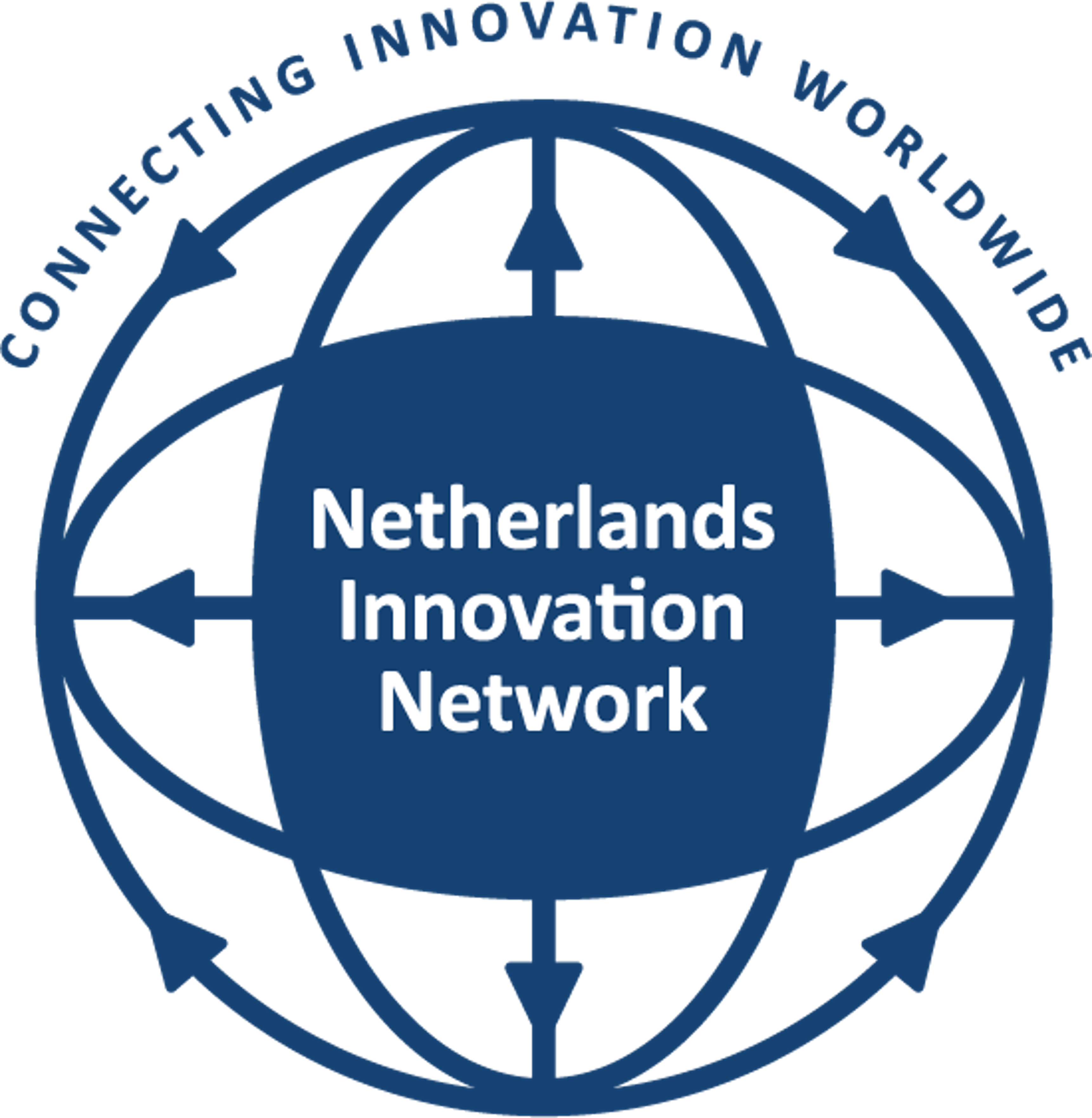It would be fair to say that the Nobel Prize in China is a very ambiguous phenomenon. Since the 1950s, 6 Chinese nationals have been awarded The Prize. Given China’s turbulent past and its aftermath, it is not surprising that most of these prizes are domestically blurred by controversy. There are many factors that trigger political sensitivity (historical and distant links to the nationalist Kuomintang would already suffice) and due to anonymous research during the early days of the People’s Republic, only the ruling party could pinpoint candidates. Due to these internal challenges, it may be that China missed out on a few occasions to actually receive the Nobel Prize for scientific achievements. Most notorious has been the chemical synthesis of crystalline bovine insulin, a remarkable achievement in producing active insulin that was published in the journal Science in 1966 and made global news headlines. The President of the Nobel Foundation, Arne Tiselius, visited China in 1966. One can only speculate what happened if the researchers that guided him around would not have remained anonymous. After a lot of internal debates, only in 1978 the Chinese put forward a candidate for the insulin discovery. The Nobel Prize, however, was never awarded. From a Chinese perspective, the bovine insulin project only remained “nominated” for the Nobel Prize.
National strategies for scientific success are highly reflected in the insulin story. Prizes do not fall from the sky: they should be centrally approved, fit a high number of political trajectories, and benefit national progress. Modern-day China has made huge investments, and has witnessed impressive advances, in domestic scientific achievements. A Nobel Prize obtained by a homegrown Chinese investigator, obtained from achievements in the modernized Chinese research ecosystem, would provide objective evidence for China’s success as a world-class science hub. However, such a scientific Nobel Prize has always passed China. Until this year, when it was awarded to Dr. Tu Youyou, who discovered and purified artemisinin, a drug that has lead to a relative successful treatment regime for severe malaria and saved millions of lives.
Tu Youyou and her team started in the late 60s and published the crucial discoveries for this therapy in the 1980s. By digging through ancient Chinese medical literature, Tu noticed that plant extracts from the Sweet Wormwood repeatedly showed up in traditional treatments. She found out that artemisinin was the key component. After optimizing the extraction method, inspired by literature from the year 340 AD, she was able to successfully treat malaria-infected rodents and monkeys. At present, a modified version of the extract is part of the standard prevention treatments against malaria, which has played a significant role in reducing the mortality around 50%. Malaria is mainly a disease of the poor: a large part of the success story is its contribution to poverty alleviation.
The global impact of Dr. Tu’s achievements is still tangible. Dr. Tu has linked Traditional Chinese Medicine (TCM) to a successful treatment method for a grand global health challenge and the Nobel Prize. Needless to say, apart from recognition and praise, in China the Prize remains its controversial allure. TCM advocates want to see more national strategies and priorities for TCM. Critics claim that dr. Tu was only part of a team and recognition should be shared. Chinese policymakers will be scratching their heads. In an era where China strongly bets on modernization of its science ecosystem, the first home-grown Nobel Prize sails in, originated from a secret military project of the early days of the People’s Republic; and rooted in literature from a period some 100+ years after the Han dynasty, a period which produced a wide range of scientific advances.
The first homegrown Nobel Prize in sciences for China is a fact. It derived from a pragmatic approach, ingenuity and a full exploitation of available resources. But it was not planned. In the end, this is about science. Failure is an option, and therefore success should be celebrated.
Further reading
- http://www.hlhl.org.cn/english/shownews.asp?newsid=379
- http://china-us.uoregon.edu/pdf/Minerva-2004.pdf
- https://www.nobelprize.org/nobel_prizes/medicine/laureates/2015/advanced-medicineprize2015.pdf
- http://www.scmp.com/news/china/society/article/1865048/nobel-prize-tu-youyou-gives-traditional-chinese-medicine-shot-arm
- https://www.preceden.com/timelines/4078-china-dynasties–and-governments-
- https://en.wikipedia.org/wiki/Science_and_technology_of_the_Han_dynasty
